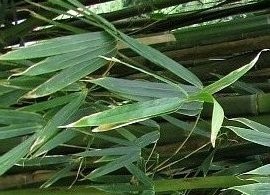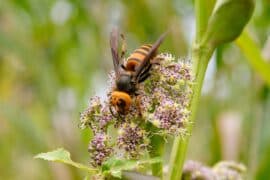Polynesian 'Ohe
(Schizostachyum glaucifolium)

Description
Schizostachyum glaucifolium, common name Polynesian ʻohe, is a species of bamboo. This species is native to the South-Central Pacific, from the Marquesas Islands and Society Islands in French Polynesia, as well as in the Southwestern Pacific in the Samoan Islands and Fiji. It is an introduced species in Hawaii. This species prefers tropical or subtropical climates. It can be found mainly along the banks of rivers and streams and on hillsides, at an elevation of 0–900 metres (0–2,953 ft) above sea level. Schizostachyum glaucifolium can reach a typical height of 15 metres (49 ft) and a culm diameter of 8 centimetres (3.1 in). This evergreen clump-forming bamboo shows thin walls, long internodes and yellow woody culms with green stripes. These bamboos have been used in French Polynesia by ancient Polynesians for its many uses (baskets, mats, musical instruments, small containers, fishing rods, etc.). On the French Polynesian island of Mo'orea, thickets of these bamboo are likely the exclusive breeding habitat of the Moorea reed warbler. Development, overharvesting, and the invasive Miconia have severely depleted these thickets, and the warbler is now critically endangered. Schizostachyum is a tall or shrub-like tropical genus of bamboo. They are natives mostly of tropical Asia and Papuasia, with a few species in Madagascar and on certain islands in the Pacific. A few have become naturalized in other tropical regions. The genus name comes from Greek schistos ("cleft") and stachys ("spike"), referring to the spacing of spikelets. These are clumping, sometimes climbing woody bamboos, with terete culm-internodes and short, thick (pachymorph), perennial rhizomes.
Taxonomic tree:







